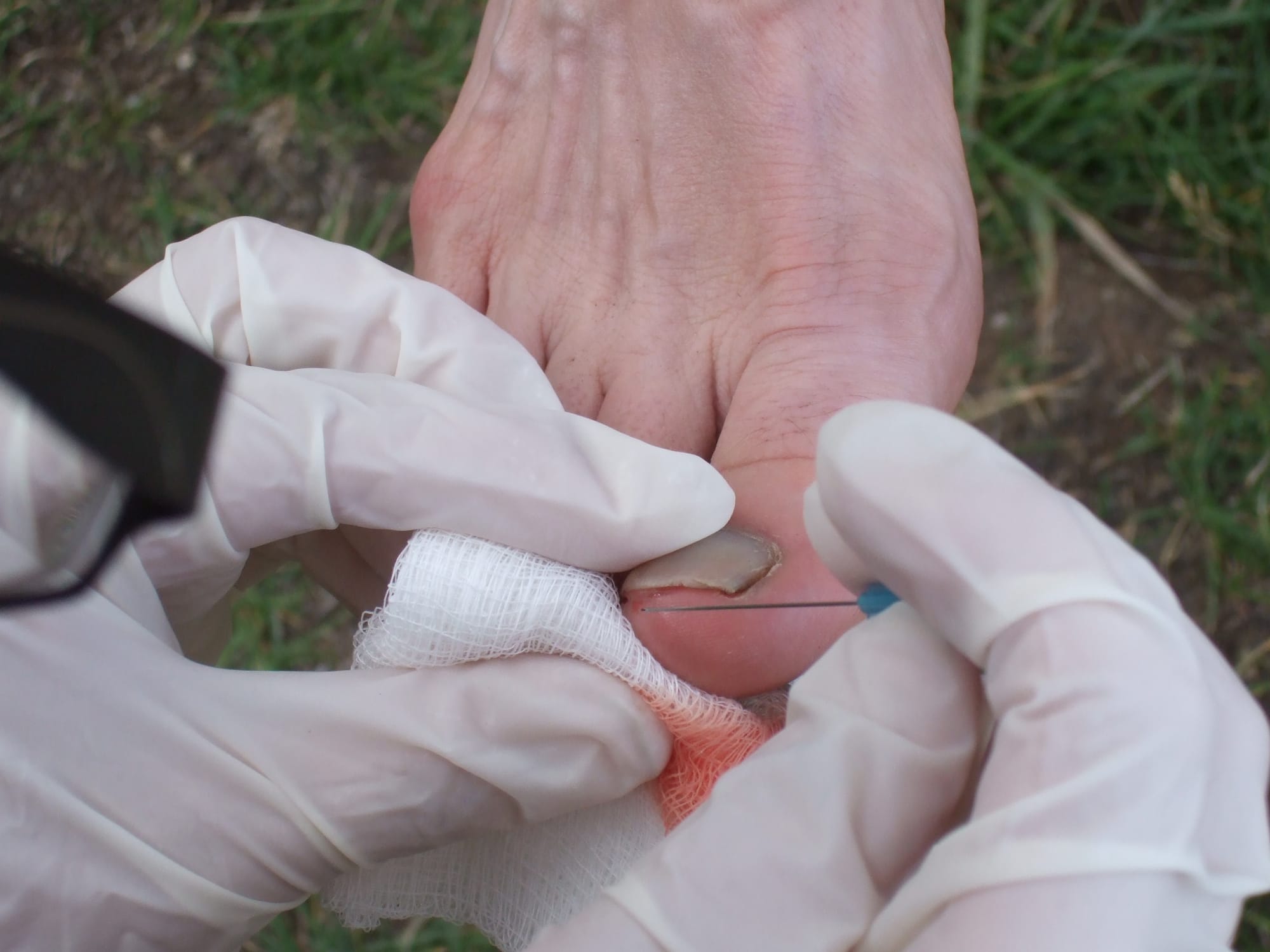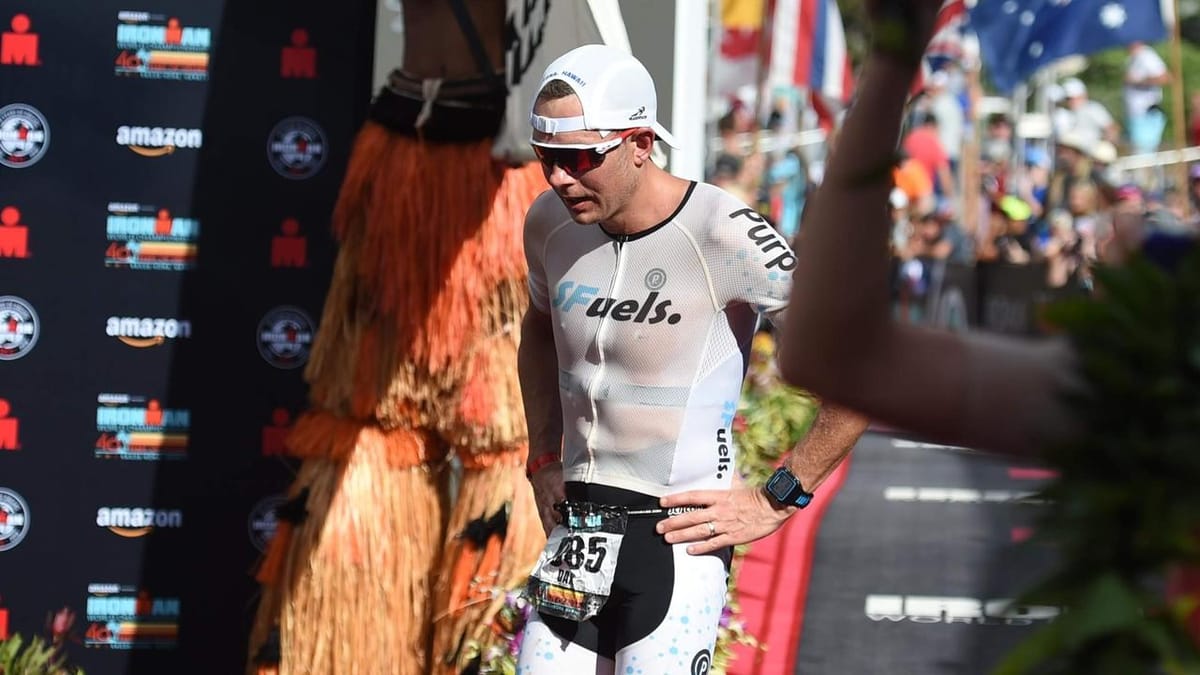As someone who's invested considerable hours into triathlon training, you may be all too familiar with issues like darkened, thickened, or ingrown toenails. You might have even lost a few toenails in the process. Typically, the largest toe seems to be the most affected. Some runners and triathletes have taken drastic measures to avoid these issues by opting for surgical removal of the problem nails. But is this a wise decision? Do we actually need our toenails?
- Ingrown toenails occur due to continuous pressure that forces the nail into the soft tissue of the toe, coupled with either the nail's or the skin's growth. This can lead to severe discomfort and repeated doctor visits.
- Black toenails result from ongoing contact between the toenail and the shoe. This induces bleeding and may darken the nail. The trapped blood can cause the nail to detach from the toe, leaving you susceptible to bacterial and fungal infections before a new nail regrows.
- A permanently thickened toenail is a result of damage to the nail's root, or "matrix", leading to a deformation. The nail will then grow according to the altered shape of the root. Often, it becomes thicker and takes on a grey or yellow hue, similar to a fungal infection. This irreversible condition can negatively affect your triathlon performance.
What if you opt for surgical toenail removal?
The skin beneath your toenails is extremely sensitive. Nevertheless, post toenail removal, this skin usually thickens, toughens, and becomes significantly less sensitive. If you're concerned about aesthetics, you can apply nail polish to this area. Close observers may notice the difference, but generally, people won't be able to tell. The procedure involves the use of a laser or a chemical and is pain-free.
However, some individuals might not develop this protective skin layer after removal. You might be among them. The only way to know is to go through with the procedure.
The conclusion: Your presence or absence of toenails doesn't affect your running performance. However, an untreated ingrown toenail will. Similarly, a permanently thickened nail can also hinder your speed and endurance, and there's no remedy for it.
Your two options boil down to prevention and surgery. As a triathlete, cosmetic concerns are an unavoidable part of the deal. If you're hesitant about surgical removal, there are measures you can adopt to minimise toenail damage.
Ensure your shoes fit properly. A well-fitted shoe will ward off the minor trauma causing under-nail bleeding.
Maintain your nails at the right length. Even slightly long nails can lead to shoe-related damage, particularly on slopes.
Use skin lubricant. This can alleviate many issues like soreness, bruising, and other problems caused by repeated trauma. This strategy is utilised by Dr. Christopher Seglar, a sports medicine podiatrist and triathlete from San Francisco, during lengthy runs of 30 kilometres or more. His toes manage well on shorter runs. If you train extensively, you might want to consider using skin lubricant for those sessions as well.







